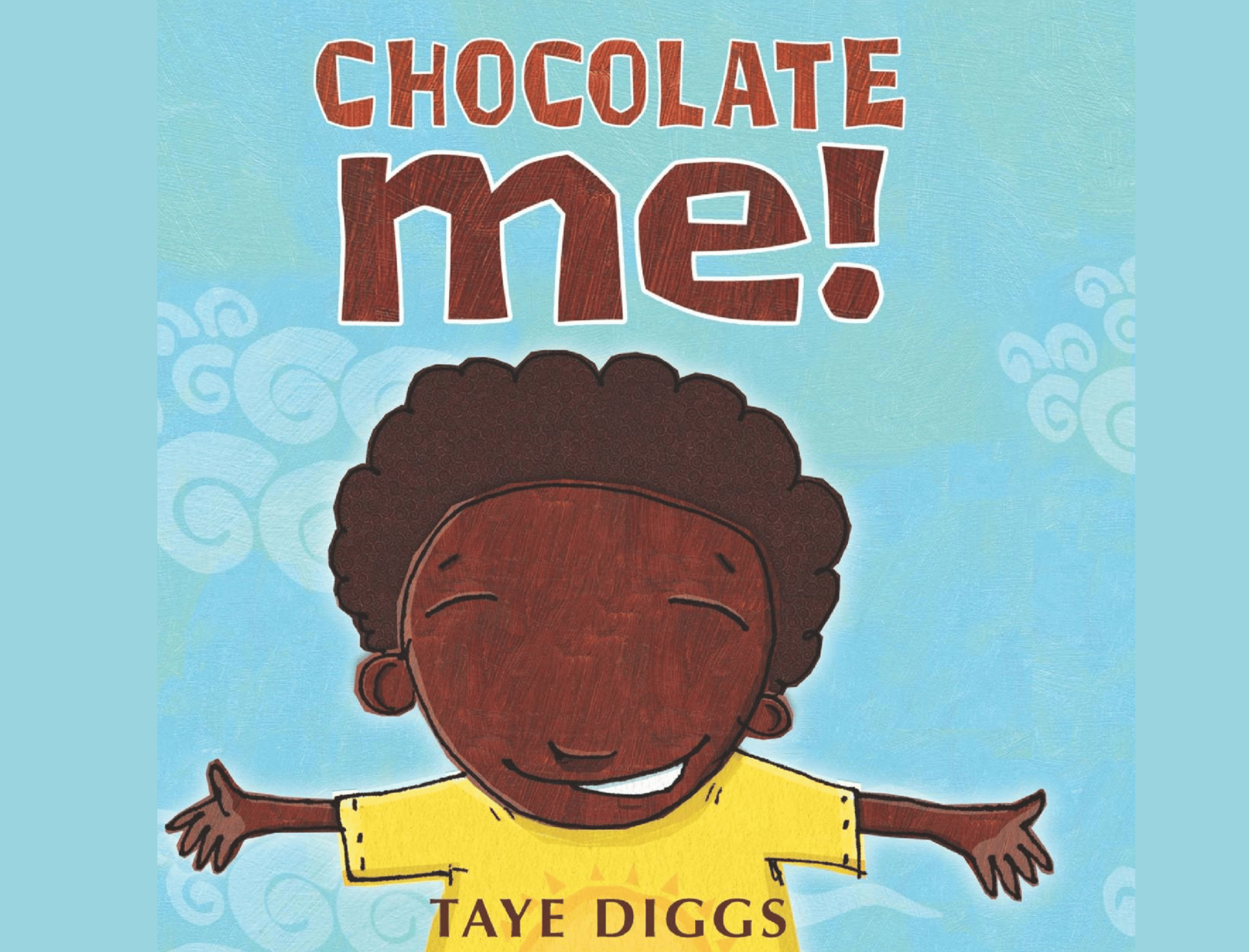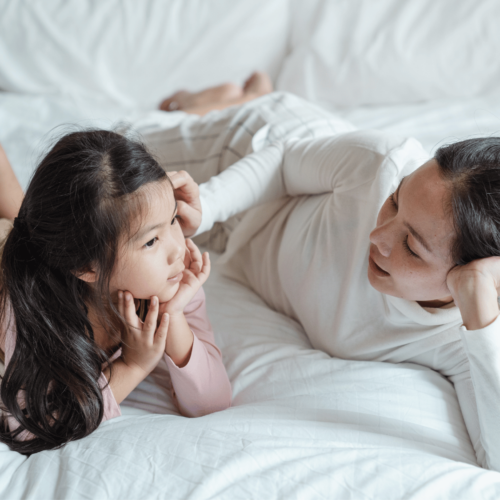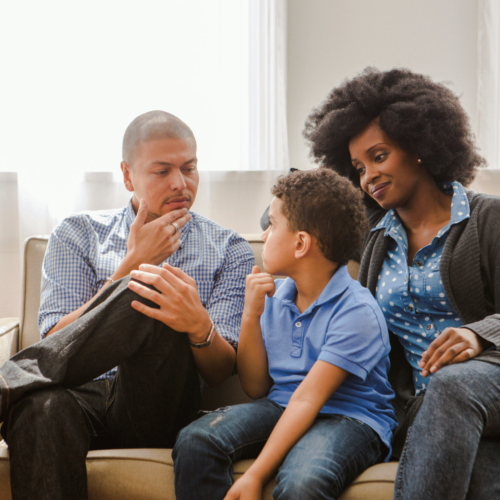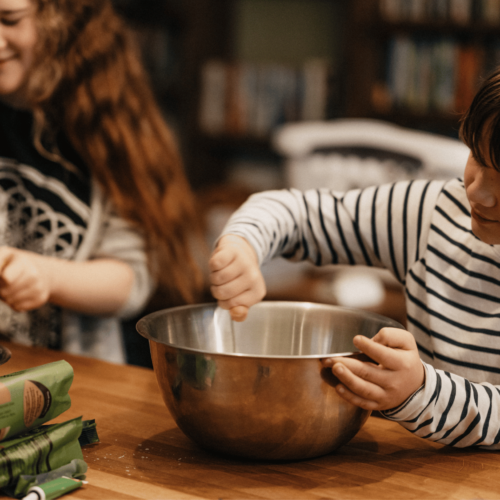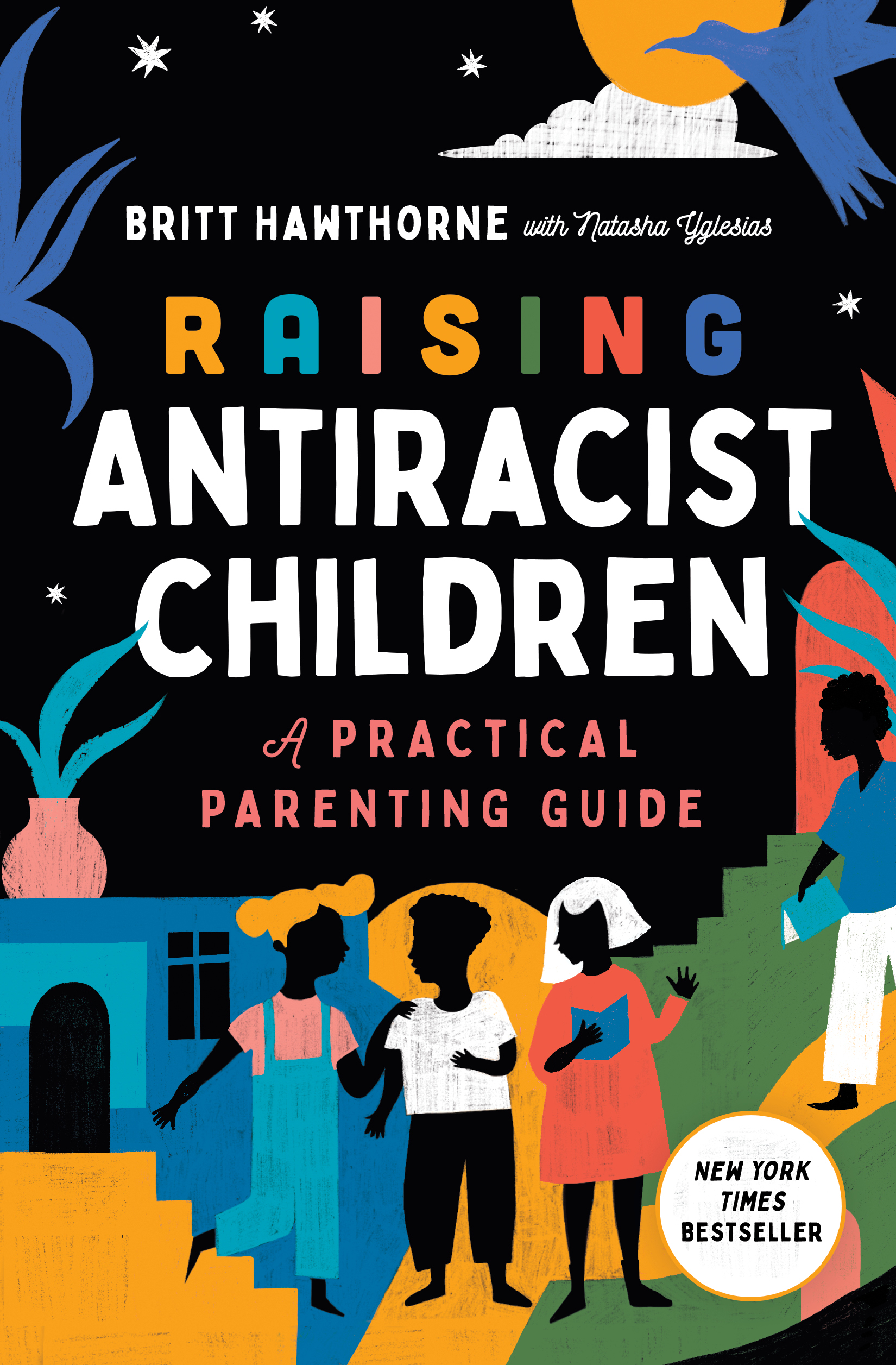Chocolate Me! is a children’s book written by Taye Diggs. The story follows the racial bullying of a young unnamed Black boy and how he overcomes it. While well-intended, the book fails to support the antiracist education framework and I do not recommend its use in classrooms. Keep reading to unpack why Chocolate Me! is not the antiracist book you think it is.
What Is The Antiracist Education Framework?
Before we unpack Chocolate Me!, let’s review the substance and purpose of the antiracist education framework. The framework, “Windows, Mirrors and Sliding Glass Doors,” was created by Rudine Sims Bishop. Although it was developed to increase literacy engagement, educators utilize the Windows, Mirrors, and Sliding Glass Doors (WAM) across learning disciplines.
Educators can use the Anti-bias Education and WAM frameworks to analyze books, encourage developmentally appropriate teaching practices, and create continuity among classroom book collections.
The framework helps educators to curate an anti-bias book collection that’ll increase learner engagement, foster a positive self-identity and promote advocacy skills. An anti-bias book collection is a living, breathing collection of stories that balance fictional and informational texts that help learners to deepen their self-love, embrace people, identify unfairness, and act justly. For our younger readers, books will be a mirror for our learners. They will affirm their stories, lived experiences, and multiple identities.
Our book collection will also be a window: it will show them diverse perspectives and experiences, including unfair treatment, and provide multiple representations.
Let’s Unpack Chocolate Me!
Spoiler alert, I do not recommend this book for classroom use.
According to the publisher, “Chocolate Me! is about a boy who is teased for looking different than the other kids. His skin is darker, and his hair is curlier. He tells his mother he wishes he could be more like everyone else. And she helps him to see how beautiful he really, truly is.”
Please read Chocolate Me! before moving forward so we can compare notes. If you don’t own the book, watch this free YouTube video reading of the book.
As you read the book, ask yourself:
- What ideas, truths, values, and information is the author conveying in the book?
- How will children of the global majority feel after reading this book?
- What can we assume children will think or infer after reading this book?
Did you finish reading the book? Great. Let’s keep going.
Why Chocolate Me! Does Not Support The Antiracist Education Framework
If you’re short on time, here is my shortlist for why Chocolate Me! fails the antiracist education framework, and is problematic for young learners:
- It does not nurture a positive self-identity
- It does not nurture a positive social identity
- It does not help our learners to embrace people, embrace differences
- It does not help learners to have accurate language
- It does not help learners to identify unfairness
- It does not help learners to have the language for who this hurts, how it hurts, and how it’s impacting
- It does not try to imagine any kind of creative solutions to move forward
- It does not support learners in how to act justly, how to advocate for themselves, or their friends whatsoever
If you have time to delve deeper into why Chocolate Me! is problematic, here we go. When I decide whether or not I will buy a children’s book for my antiracist classroom, I ask four questions.
Four Accountable Questions to Ask Before I Buy
- Will this book help learners to embrace people?
- Will this book help learners to practice identifying unfairness?
- Will this book help learners to progress in their agency?
- Will this book help learners to develop self-love?
1. Will This Book Help Learners to Embrace People?
I had hoped this book’s focus was on fostering cross-racial friendships. Cross-racial friendships are peers who represent different racialized groups positively.
Professor Amber Williams, an assistant professor of psychology at California Polytechnic State University, researches the role of race in shaping youth self-concepts, their relationships within and out-group members, and their academic outcomes. She shares that cross-race friendships have demonstrable benefits for children and adults:
- More positive racial attitudes in adults (Shelton, Douglass, Garcia, Yip, & Tral, 2014)
- Lowered discomfort in cross-race interactions for adults of color (Graham, Munniksma, Juvonen, 2014)
- Reduced vulnerability in the school context (Davies, Tropp, Aron, Pettigrew, & Wright, 2011)
- Protect students from the negative effects of discrimination on their well-being (Benner & Wang, 2016).
Even with so much positive data, cross-racial friendships are rare, and to sustain these friendships, grownups will have to support each party.
Chocolate Me! could be a book that promotes positive interactions by emphasizing mutual dignity, understanding, and respectful curiosity. Instead, this book reinforces the idea that white children will be mean and use their whiteness to wound and exclude. “When we’d play, they’d say, ‘Look where your skin begins! It’s brown like dirt. Does it hurt to wash off?’” Page after page highlights how young children pick up and share discriminatory language and stereotypes. The white children seem carefree, while the Black child is clearly at risk of internalizing these stereotypes and prejudiced remarks.
When reading this story aloud to your class, our Black learners may inaccurately believe these questions and statements to be true.
2. Will This Book Help Learners Practice Identifying Unfairness?
Chocolate Me! forces the reader to ingest the taunting and teasing the Black child is experiencing from his “friends.” But it’s not just verbal bullying. Readers also witness social bullying, intentionally leaving out the brown child and embarrassing him publicly.
When the child runs home to the safety and comfort of his mom, he tells his mom through teary eyes, “Why? Why can’t I be more like Timmy, Johnny, or even Mark with straight hair and a different nose? I suppose my teeth wouldn’t seem so bright if my skin were a bit light… right?”
While his mom does her best to console him, her actions do not support antiracism. She tells her son that he has skin like velvet fudge and hair like cotton candy and a smile that makes her happy. Her attempts to console him are very understandable, and as parents, we do our best to console our children while also consoling ourselves.
However, as anti-bias and antiracist educators, instead of telling the child, “I think you’re perfect,” we must hold space for the child’s emotion, help them to verbalize the problem, and advocate for change. And when necessary, we step in to protect the child by removing the child from unsafe spaces and unsafe people—either in the moment or afterward if we weren’t present.
But never once did the author offer our readers the language to identify the discriminatory language or discriminatory actions of the children.
3. Will This Book Help Learners Progress In Their Agency or Collective Action?
Unfortunately, Chocolate Me! fails to show young children how they can advocate for themselves. As I was reviewing this book, I kept waiting for the Black child to say, “That’s unfair.” “You’re being mean!” “I’m going home because you’re being hateful.” “We are all different, but it’s racist to make fun of my differences.” or “You can’t be my friend anymore. I’m going to find new friends.” Y’all, literally anything.
At no point in this book did the child exert personal agency, advocate for himself, or take action to put himself in a safer situation. Instead, he received a T-shirt that said, “Chocolate Me.” At no time did other children step up to advocate or even any of the white children show up in solidarity with the Black child.
Nowhere in the book did Timmy, Johnny, and Mark apologize for their words and actions. They weren’t held accountable for their actions or taught a lesson about discrimination. Instead, they were gifted chocolate cupcakes baked by the mom and the Black child.
4. Will This Book Help Learners to Develop Self-Love?
In the opening pages, the main character expresses disappointment in his name because it’s not like “Timmy, Johnny, and Mark.” In the following pages, he is made to feel inferior about the color of his skin, hair, nose, and teeth. Sadly, I never witnessed the child expressing self-love throughout this book nor using positive language to describe himself. If you read The Colors of Us Children’s Book and Racial Fetishization blog post, you’ll know I strongly recommend moving away from associating browns with chocolate and food. We want to move away from likening Black and brown skin tones to consumption and fetishization. In the final pages of the book, you’ll observe all four children eating the chocolate cupcakes, symbolically eating the Black child, with chocolate smeared on their mouths furthering the racist belief that Black people are objects for white people’s use and benefit.
The Need for Antiracist Children’s Books
Too often, books that are supposed to promote self-awareness and pride for Black children do the opposite. They focus on helping white children understand how brown and Black children are being hurt by racism. In this case, Chocolate Me! highlights the racial bullying many Black children experience without offering any therapy or tools for agency, advocacy, repair, or reconciliation.
Moving forward, I recommend that antiracist educators choose books demonstrating advocacy from Black and non-Black folks in the name of justice. In this case, I recommend reading The Antiracist Kid: A Book about Identity, Justice, and Activism by Tiffany Jewell instead of Chocolate Me! to your learners.
Teach your learners to use accurate language to identify unfair treatment, such as “unfair,” “unjust”, “discriminatory,” and “stereotypes.” And trust your learners to advocate for change.

